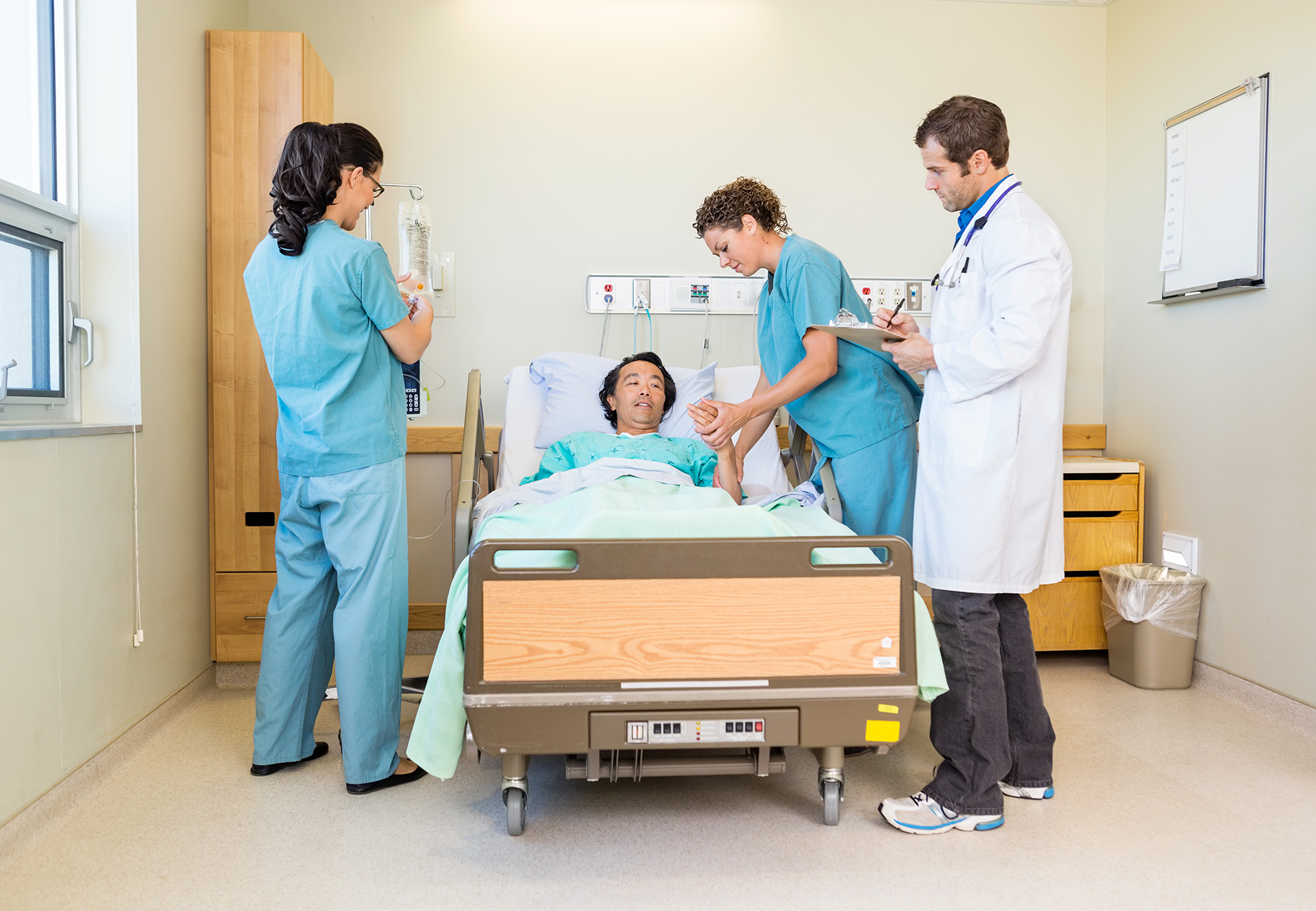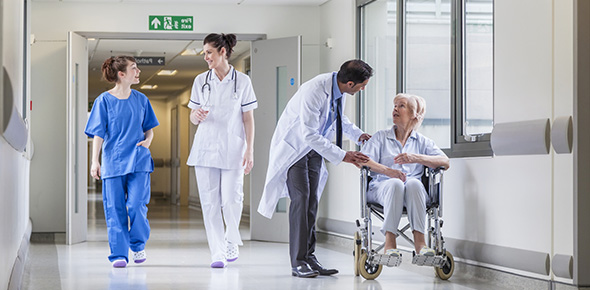Related Flashcards
Related Topics
Cards In This Set
| Front | Back |
|
What are CYP's? Where are CYP's located?What is the most predominate CYP?
|
CYPs are the major enzymes involved in drug metabolism and bioactivation, accounting for about 75% of the total number of different metabolic reactions. Found primarily in liver and intestines. CYP 450 3A4 accounts for 1/2 of all CYP drug metabolism.
|
|
Inducers have what effect on substrate drug levels? Inhibitors?
|
Inducers - increase in the amount / activity of enzymes involved in liver metabolism (CYP's, P-pg efflux transporters that are in the gut, resulting in DECREASED substrate drug conc. Inhibitors - block / inactivate CYP's, P-gp efflux transporters in the gut resulting in less substrate metabolism and higher (INCREASED) substrate conc. NET EFFECT: Inducers = DECREASED drug levels Inhibitors = INCREASED drug levels
|
|
How does the FDA define Strong Inhibitors?
|
Drugs that cause > 5-fold increase in plasma AUC values OR> 80% decrease in substrate clearance
|
|
How does the FDA define Moderate Inhibitors?
|
Drugs that cause > 2 fold < 5 fold increase in plasma AUC
|
|
Drugs that are STRONG INHIBITORS IN GENERAL (includes CYP450 &/or P-gp efflux transporters or drugs that inhibit both)
|
POTENT INHIBITORS G - PACMAN - INCREASE Substrate ConcG - Grapefruit - 3A4P - PI's esp Ritonavir - 3A4, 2D6, P-gpA - Azole antifungals - all 3A4, itra & keto P-gpC - Cimetidine - 3A4, !A2, 2C9, 2C19, 2D6 Cyclosporine - 3A4, P-gpM - Macrolides (not Azithromycin) + Telithromycin mixed: Erythro 3A4, 1A2 Clarithromycin 3A4, 1A2, P-gp Telithromycin 3A4A - Amiodorone - 2C9, 2D6, 3A4, P-gp substrate of 3A4, 2C8 / Dronedarone - 3A4,P-gpN - Non-DHP CCBs Diltiazem - 3A4 Verapamil - 3A4, P-gp Quinidine (Class IA antiarrythmic) - 2D6, P-gp All are P-gp except: Grapefruit, Cimetidine, Erythro, Telithro, Diltiazem
|
|
Drugs that are STRONG INDUCERS IN GENERAL (includes CYP450 &/or P-gp efflux transporters or drugs that induce both)
|
POTENT INDUCERS: PS PORCS - (DECREASE substrate conc): P - Phenytoin - all key CYP's S - Smoking - 3A4, 1A2 P - Phenobarbital - all key CYP's O - Oxcarbazepine (Trileptal), 3A4 R - Rifampin - 3A4,1A2, P-gp Rifabutin - 3A4 Rifapentine - 3A4, 2C9C - Carbamazepine (Tegretol) - P-gp, all key CYP's (also an auto (self) inducer) S - St John's Wort - P-gp, 3A4, 1A2, 2C9, 2D6
|
|
What is an auto-inducer? Cite an example.
|
An auto-inducer such as carbamazepine is not only a conventional potent inducer, but also induces it's own metabolism, resulting in decreased levels of itself.
|
|
X
|
X
|
|
The liver metabolizes drugs using what 2 primary methods? How does each method promote excretion?
|
1. CYP450 enzymatic rxs (1o in liver itself) via oxidation to make the drug more hydrophilic for excretion via the kidneys.
2. P-gp effux transporters (lo in gut wall) shoot the drug back into the gut (changed* or unchanged) for repeat exposure to CYP450.
*Note: Enzymatic conversion in the liver is mostly via conjugation rxs that make the drug more lipophilic for excretion into the bile. (conversions may produce new substrates of CYP450 and/or P-gp substates, inhibitors, inducers etc.)
|
|
What are P-glycoproteins?
|
Effux transporters in gut and other organs that pump drugs from the bloodstream back into gut (i.e. out of the bloodstream)
|
|
How do P-glycoproteins effect the blood level of substrate drugs?
|
A) INHIBITIONIf a drug is subject to efflux and P-glycoproteins are INHIBITED by a second drug, less of the substrate drug is pumped back into the gut, resulting in INCREASED blood levels of substrate drug. Example: Digoxin + ItraconazoleDig in NOT a CYP450 substrate and is mostly renally cleared, however, Dig IS a P-gp substrate. Both Itraconazole and ketaconazole are potent P-gp Inhibitors. Adding Itraconazole (Sporanox) to Dig therapy may result in large INCREASES in Dig levels. MONITOR CLOSELY B) INDUCTIONIf a drug is subject to efflux and P-glycoproteins are INDUCED by a second drug, more P-glycoproteins are produced (takes time)and additional substrate drug back is pumped back into gut, resulting in DECREASED blood levels of substrate drug. Example: Pradaxa (Dabigatran) or Xarelto (Rivaroxaban) + RifampinBoth Pradaxa (Dabigatran) - only oral direct thrombin inhibitor) and Xarelto (Rivaroxaban - Factor Xa Inhibitor) are P-gp substrates. Rifampin is a potent P-gp Inducer. Rifampin will DECREASE either anticoagulant in established patients that may result in subtherapeutic anticoagulation. SERIOUS - AVOID THIS COMBINATION whenever possible (Medscape ref) Net Result: Inhibitors P-gp = INCREASED substrate drug Inducers P-pg = DECREASED Substrate drug
|
|
Key anticoagulation drugs that are P-glycoprotein substrates? Why is this important?
|
Dabigatran (Pradaxa) - only oral direct thrombin inhibitor
Rivaroxaban (Xarelto) - only oral Factor Xa Inhibitor
Subject to concentration changes with P-glycoprotein inducers and inhibitors
Note: Both drugs are taken orally and require no ongoing monitoring. Neither has an antidote. Pts on established therapy who unknowingly are prescribed a P-gp Inhibitor or Inducer by a different MD with Subtherapeutic / Supratherapeutic consquences.
|
|
P-pg Inhibitors cited in text:
|
P-pg Inhibitors cited in text:
Cyclosporine
Ketoconazole / Itraconazole
Ritonavir
Lopinavir / Ritonavir
Indinavir / Ritonavir
Conivaptan - Vaprisol*
Erythromycin
Verapamil
Quindine
Note: Many of the above are also CYP inhibitors
*Vasopressor Receptor Antagonist used in tx hyponatremia
|
|
Drugs with SIGNIFICANT Drug Interactions
|
Amiodarone (Cordarone, Pacerone)
Azole Antifungals
Colchicine
Digoxin
Grapefriut Juice / Fruits
Lamotrigine & Valproate
Lithium
MAO Inhibitors
NSAIDS
Contraceptives - Oral / Ring / Patch
Oxycodone / Hydrocodone / Fentanyl / Tramadol
PD5 Inhibitors Sildenafil, Tadalafil, Vardenafil
Rifampin
Statins
Tetracycline and Quinolone Antibiotics
Theophylline
Warfarin - Pharmacokinetic & Pharmacodynamic
|
|
How do pharmacogenomic differences influence drug metabolism? cite example 2D6
|
Some individuals have naturally occuring higher levels of metabolic enzymes than usual, and are referred to as Ultra-rapid metabolizers. Ultra-rapid metabolizers with high levels of 2D6 will rapidly metabolize greater amounts of drugs subject to 2D6 metabolism. Example - psych meds, codeine etc. re Codeine - more will be converted into morphine. FDA has issued a warning re use of codeine in Lactating Females (increased fatal respiratory depression in breast feeding infants)
|






